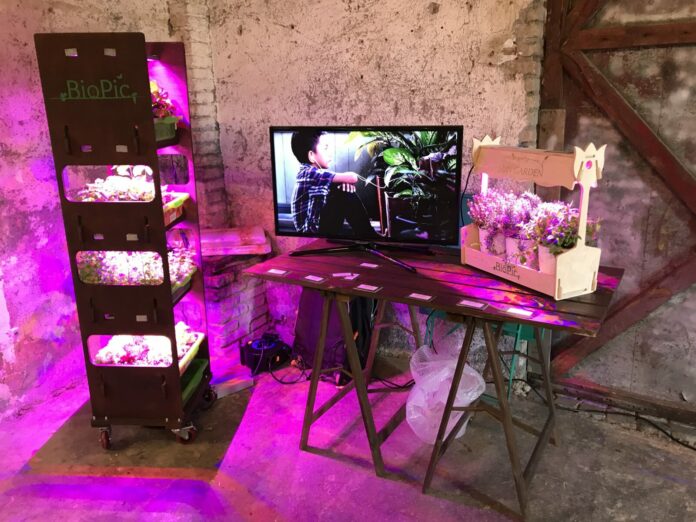Today, when inspired by Greta Thunberg students are shouting in the streets, “we will be the first generation to suffer the effects of climate change and the last to do anything to mitigate or stop it”, a school garden is the best possible investment in the education of our children and students. Growing a small Italian-style vegetable garden in the classroom, on the terrace or even at home is now possible for everyone and in any environmental situation.
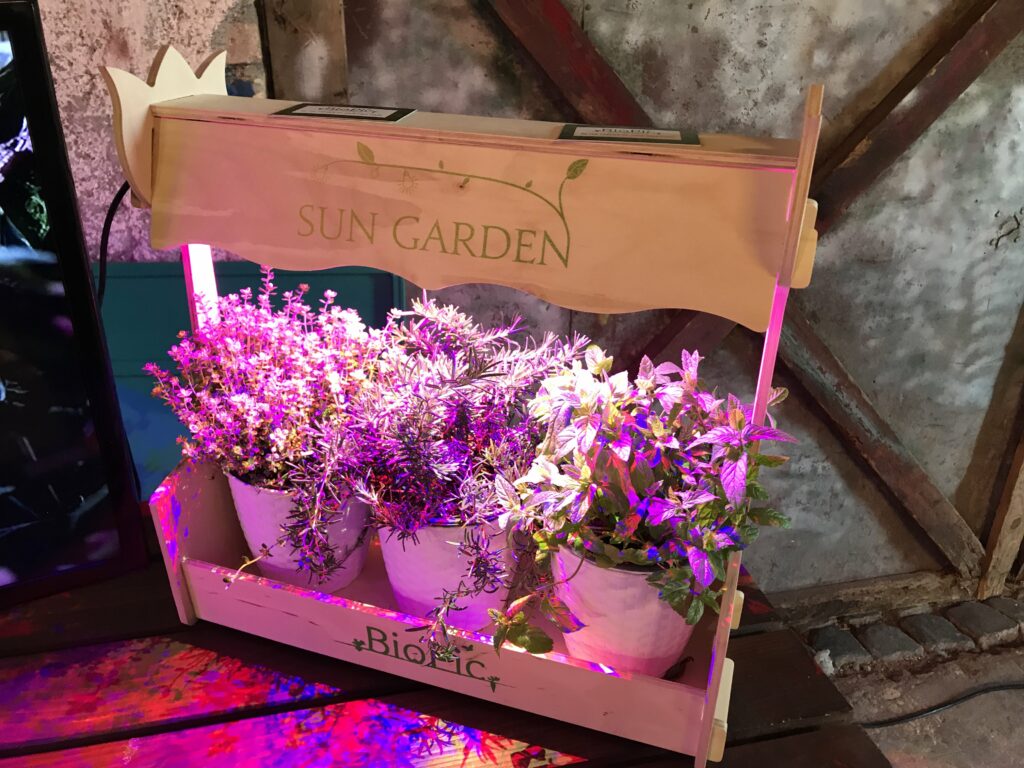
Classy white LED vegetable garden 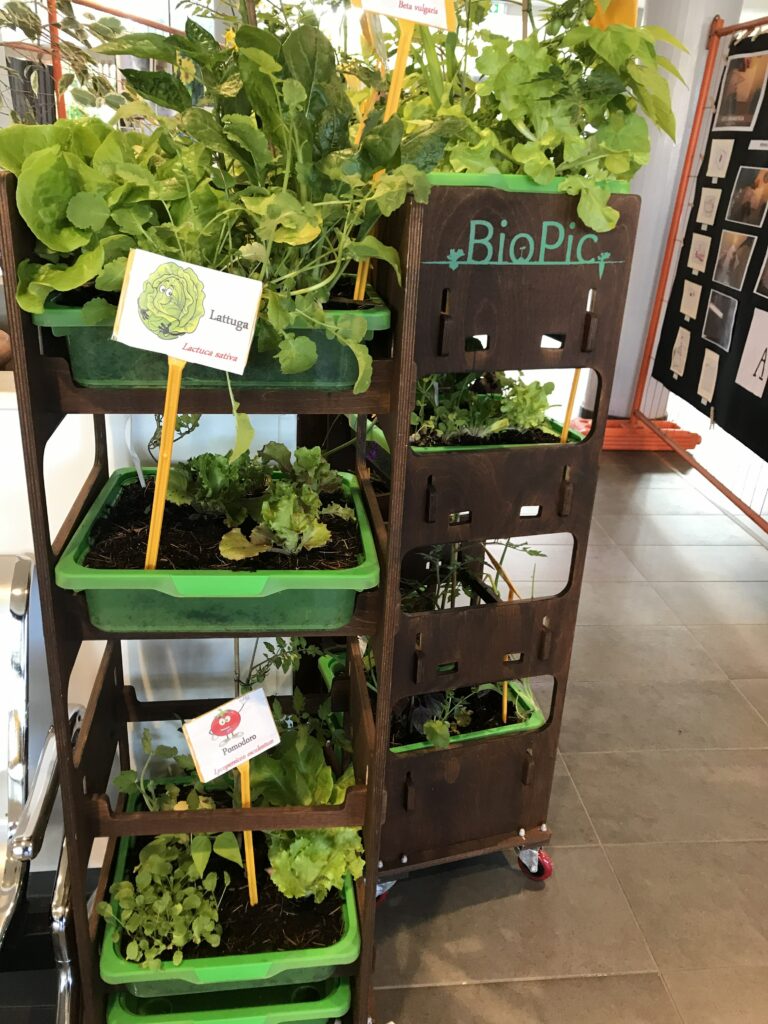
Dolce Vita interlocking vertical vegetable garden 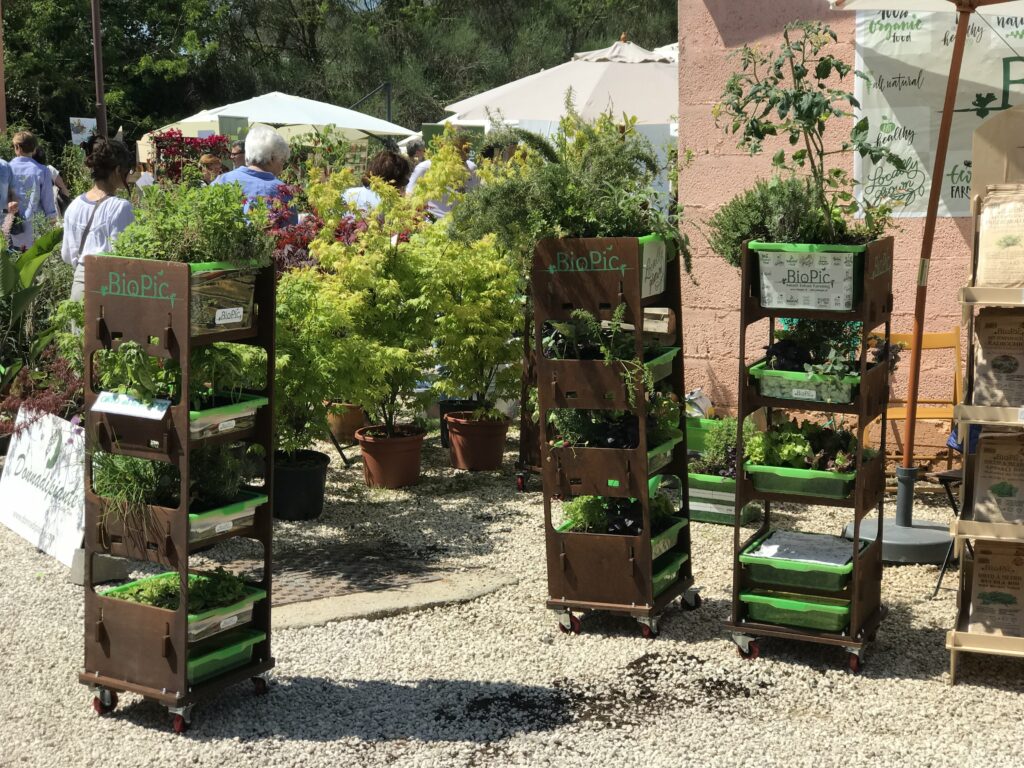
Dolce Vita interlocking vertical vegetable garden 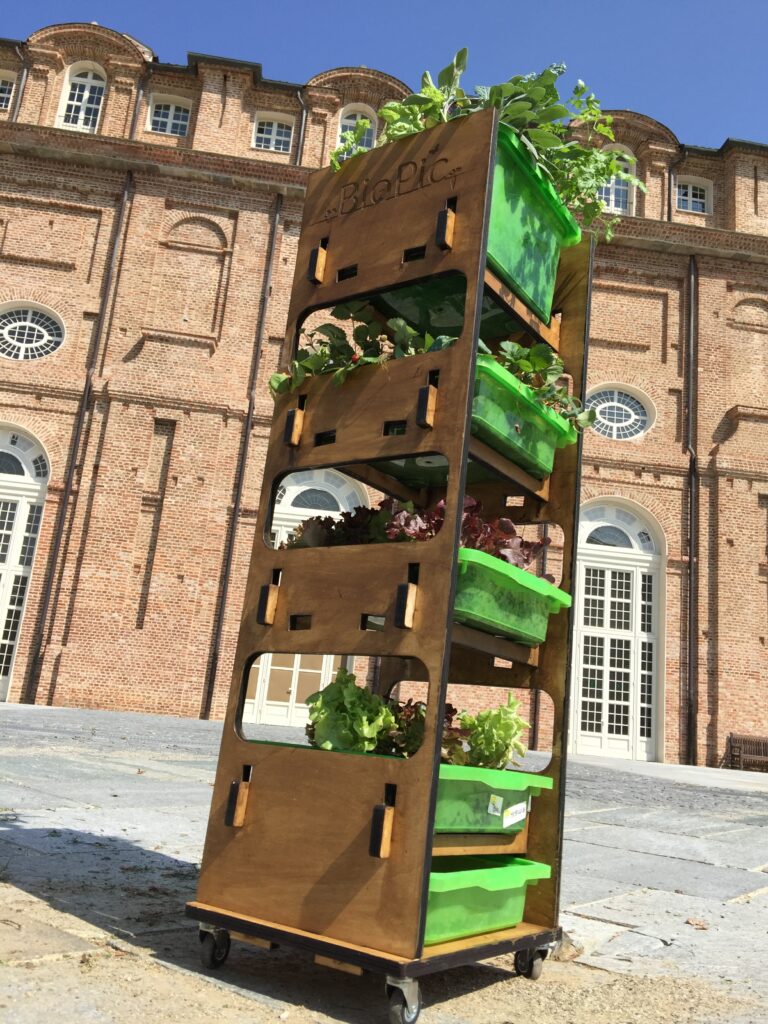
Dolce Vita interlocking vertical vegetable garden 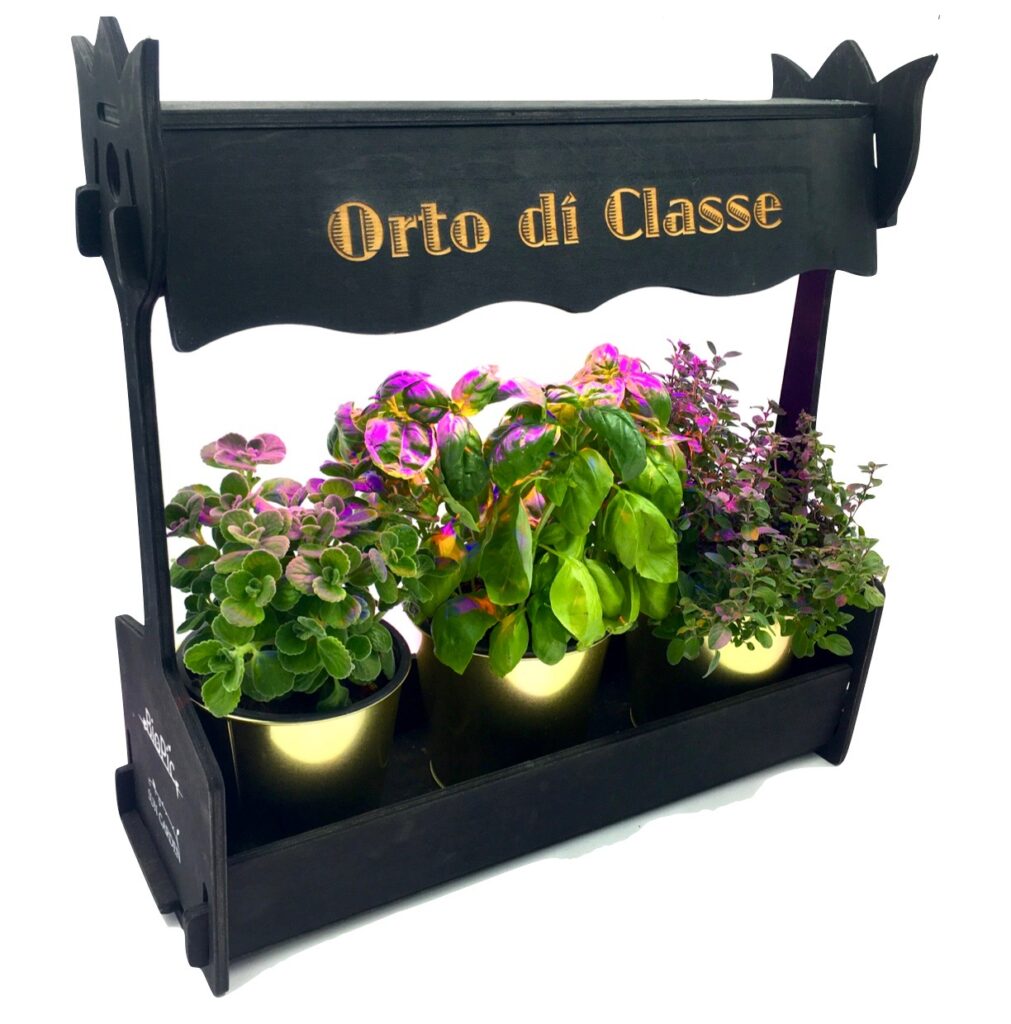
LED Class Garden Black
The school garden is a valuable outdoor or classroom laboratory for experimenting with biodiversity; it is also a place of wonder, where children can rediscover the joy of discovering a sprout or a seedling that emerges from the ground with the irrepressible power of life.
Rediscovering the earth, observing wonderful phenomena such as the germination, growth, and flowering of a plant. Learn that plants are living beings and must be cared for, sensed in their essential needs for light, water and soil. Enjoy and harvest the fruit at the end of the plants’ life cycle. Endless inspiration for science experiments in biology, chemistry, physics and environmental education.
The modern vegetable garden is an Italian invention, probably created in the Veneto region where ships arrived laden with precious fabrics and even more precious spices, at that time essential for preserving and flavouring food but with a value comparable to gold.
Small plots of land began to be cultivated both for subsistence and to improve the taste of food through the so-called aromatic plants, wild herbs that abound in the Mediterranean, rich in essential oils used both in ancient medicine and in cooking. Small gardens behind the convents, enclosed in a few square meters thousands of years of farming experience, growing more with less resources, growing better to eat better and to feel good.
The ancient plants of the Romans joined in these gardens of the 1600’s the new ones arrived from the Americas, beans, corn, potatoes and tomatoes, perhaps the most precious gift to Italy of Christopher Columbus. Called tomato in Italy, “golden apple”, for its bright yellow color in the original South American version. The Jesuit Father José de Acosta, in his “Historia natural y moral de las Indias” of 1590, describes it for the first time: “To temper the taste of chilli peppers… they also use “tomatas” which are fresh and healthy and are a kind of large juicy grapes, which make tasty sauces, but are equally good to eat alone”.
But an Italian vegetable garden cannot lack a precious and fragrant heart, a treasure chest of knowledge and precious flavours, the aromatic garden. Basil, herb of the gods for the ancient Greeks, parsley, thyme, oregano, rosemary, sage, helichrysum, borage, saffron and savory…. the list goes on and on.
Growing a vegetable garden at school is now possible even if you don’t have a garden on your terrace, thanks to the vertical vegetable gardens from www.biopic.it o thanks to modern LED lamps for agriculture and low consumption that can replace sunlight in winter and exploit the natural heat of school heating to grow mini gardens even in winter and allowing children to experiment and cultivate not only in spring, since schools are closed in summer.
The school garden is also a great resource for environmental and food education, to help people understand the need for a healthy diet and correct eating habits, such as using aromatic herbs to add flavour to food instead of salt, the consumption of which is considered excessive and dangerous to health.
Making a small vegetable garden in the laboratory, in the classroom or in the garden is a multidisciplinary experience that allows you to learn more about biology, chemistry, science, botany, history, but also geography and art. A school with a vegetable garden prepares its students to talk about climate change with a solid base of knowledge and experience, it becomes alive, it creates a new fundamental educational pact open to the future and to caring for others, whether it be plants or people.





